Fish Factories and Filipino Food in the Faroes (DGF Award Winner)
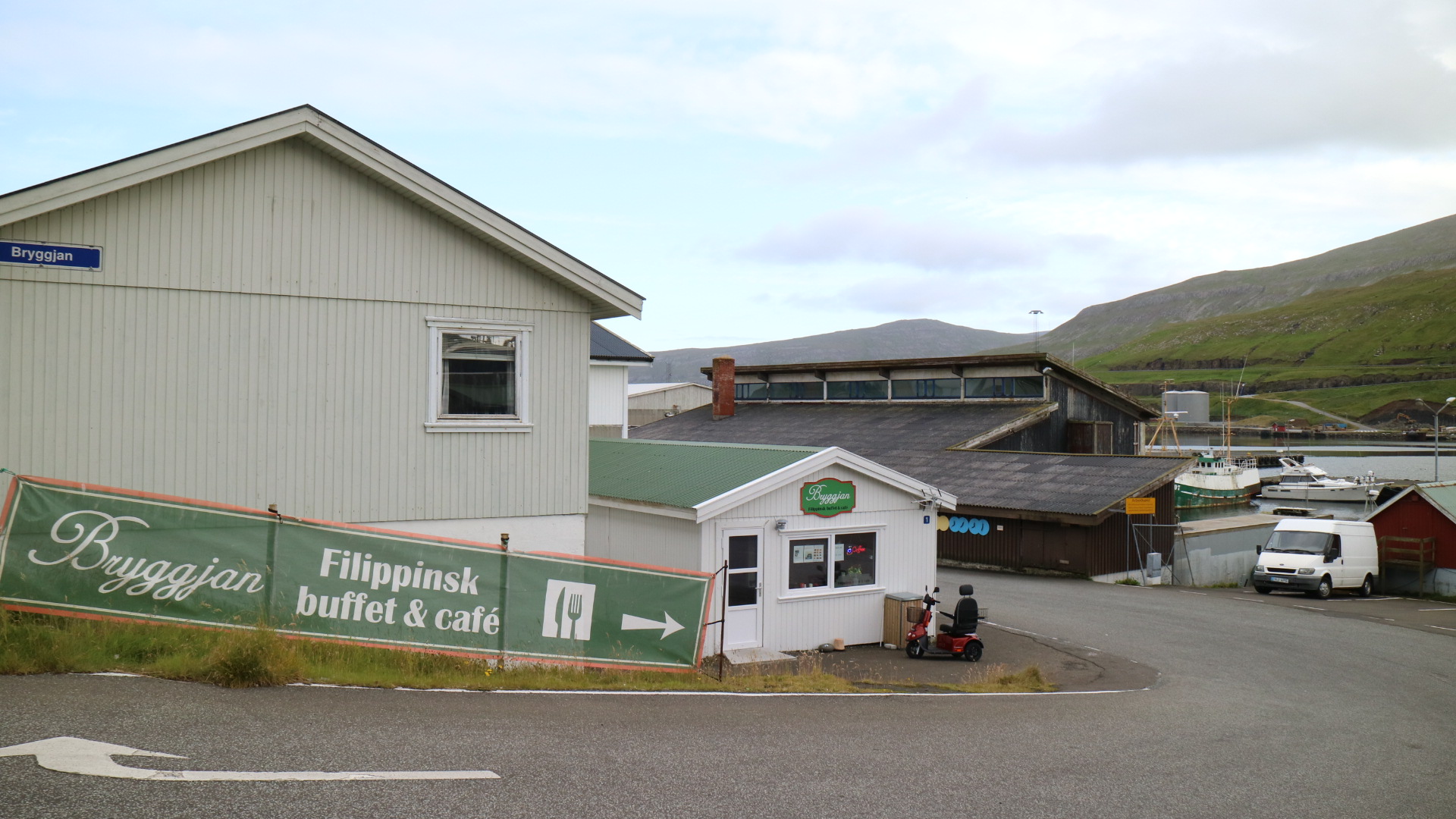
Rowena Bech still remembers the salmon factory. "It's hard work," she told me, when I visited her one-year-old Filipino buffet in Vágur, a sleepy village on the southernmost of the Faroe Islands. Over steaming plates of Ilonggo-style arroz valenciana and caldereta made with meltingly tender Faroese lamb, she told me about her eleven years in this near-Arctic country — including the brief stint she spent in one of the fish processing plants that power its economy. "You must carry 7, 8 kilos [of salmon]," she said. "And it can be harder than that."
Rowena is one of hundreds of Filipinos who have settled in the Faroe Islands, comprising the largest immigrant group in a country with a population just over 50,000. The majority of Filipinos in the Faroes are female, and many — Rowena included — met their Faroese husbands on dating sites like "FilipinaHeart.com." "One click, and we just liked each other," said Rowena of her first online encounter with her husband Sigmund, who she married in 2009.
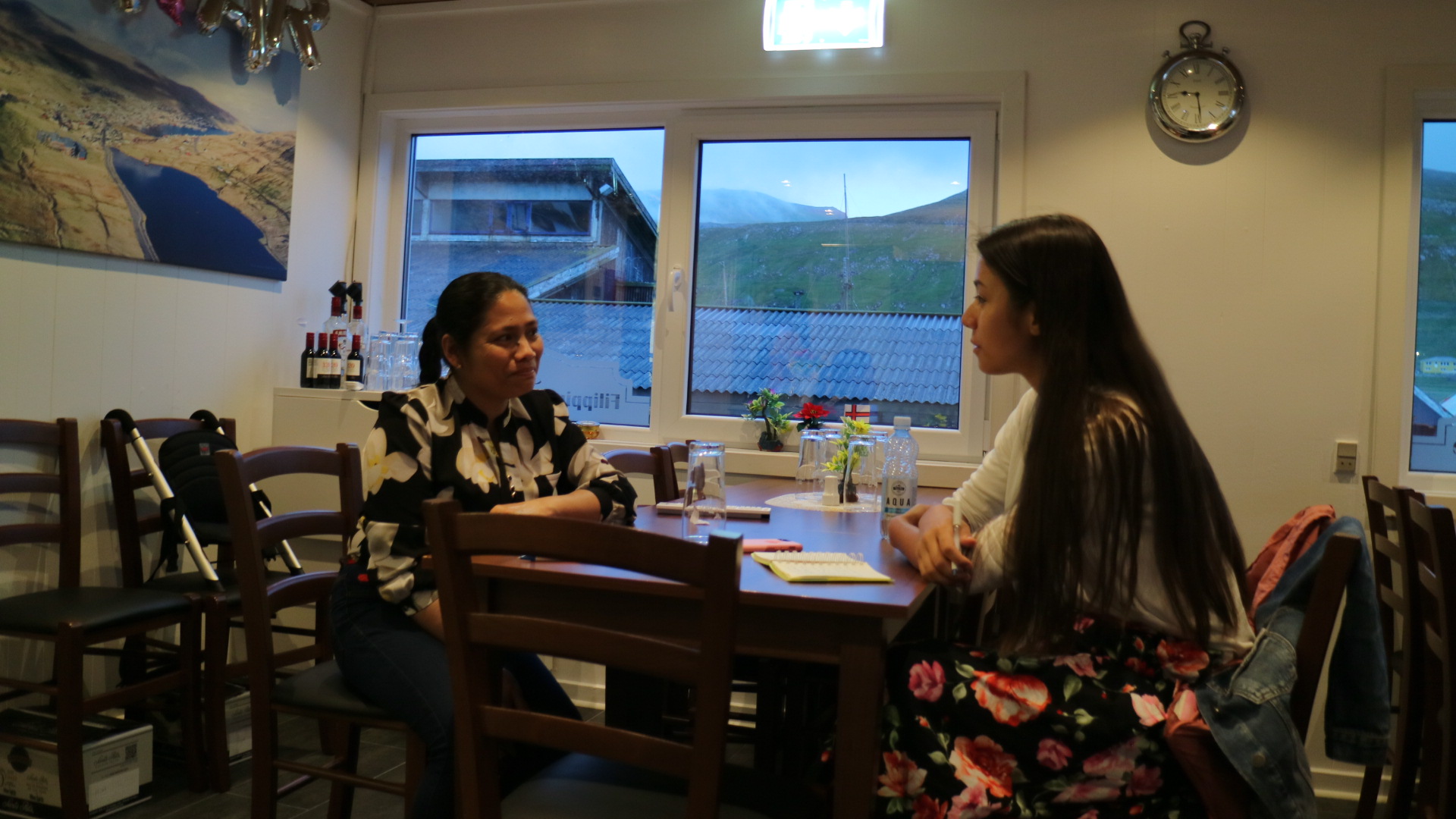
Like many Faroese men, Sigmund was a sailor when they married, and stayed at sea for a month or more at a time. Now that he's retired, the couple spends their days running their buffet — the country's first Filipino restaurant — and a nearby burger-and-chips takeaway. But Rowena's first years in the Faroes included long stretches with only sheep for company. "I was lonely," she said, when she took a job at the fish factory against Sigmund's advice. It was a refrain I'd hear many times from Filipinas as I explored the Faroes, where sheep wander free through the hills and salmon jostle in pens just offshore.
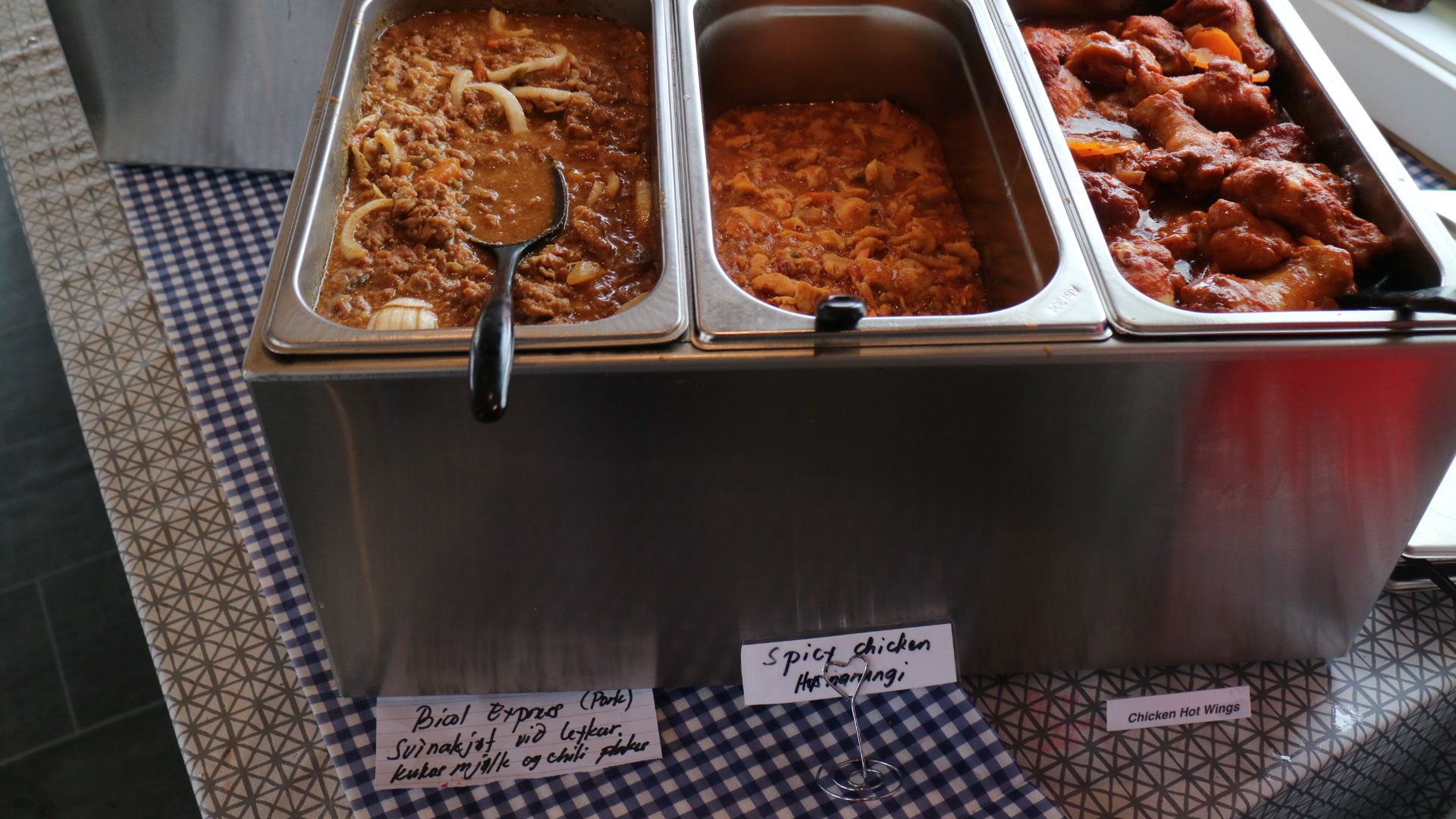
If fish is the "first determinant of [the Philippines'] foodways" because it is an archipelago, as Doreen Gamboa Fernandez wrote in Palayok, then the same applies to the Faroese archipelago. The fishing industry comprises nearly half of Faroese GDP and over 90% of exports, and over 50 fish processing plants dot the country's coasts. A large portion of the employees are foreigners, including Filipinas. "It's the most easy place to get a job," Maria Gullaksen told me, when I called the Filipino takeaway she opened in Leirvík in April. Like Rowena, she met her husband online and worked in a fish factory before she started her business. "In the factory," she said, "you don't have to speak."
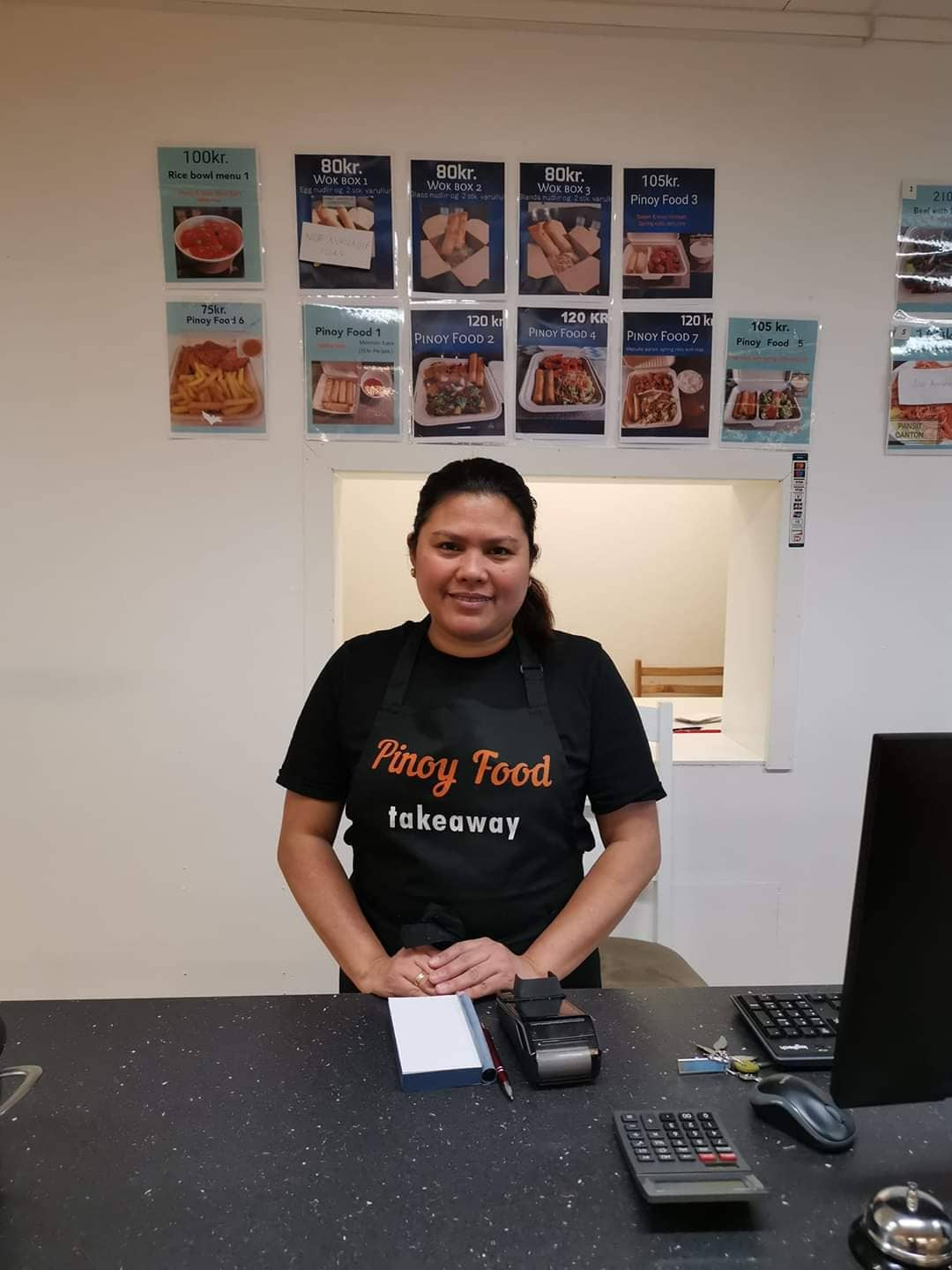
Whether or not you have to speak, it can be hard to find words in a fish factory. The processing plants in the Faroes are some of the most modern in the world, with large stretches of the process almost entirely automated. Whole fish topple down chutes and ride up conveyor belts like children in a fun park, so nimble and wide-eyed you'd think they were alive. Then they lose their heads and their guts with two smooth movements of an automated blade. Before they are skinned they gleam as with the same sheen as the steel machinery around them. Everywhere is the tang of their blood like seawater and rust.
No process, however modern, can be entirely automated. Filipina workers are involved in every step, from slicing the heads on the noisy factory floor to testing for parasites in the morgue-quiet QC room. One could search for a connection between the Filipinas and the fish they process, largely migratory species like herring, salmon and cod that encounter the Faroes on their route across the Atlantic. They stop to feed, then become food.
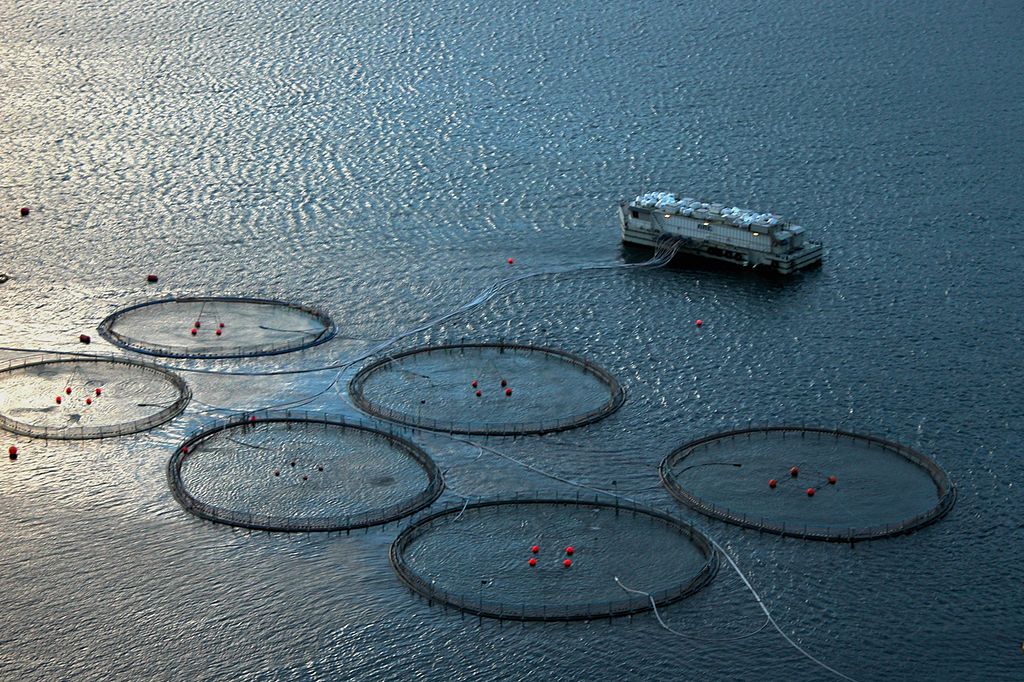
But that metaphor would be forced. All the Filipinas I met in the Faroes were self-assured, confident, and apparently happy in marriage. None seemed anything like a herring — not least Nely Haraldsen, who opened the Faroes' first Asian grocery in 2010. She also works in pelagic fish quality control, runs a Filipino-fusion catering company and food truck, and will open a restaurant with an attached guesthouse this November. Instead of taking out loans for her businesses, she saves her factory salary for capital. "I never studied business," said Nely, who worked as a nurse for 15 years in Israel before moving to the Faroes. "But I've become very successful."
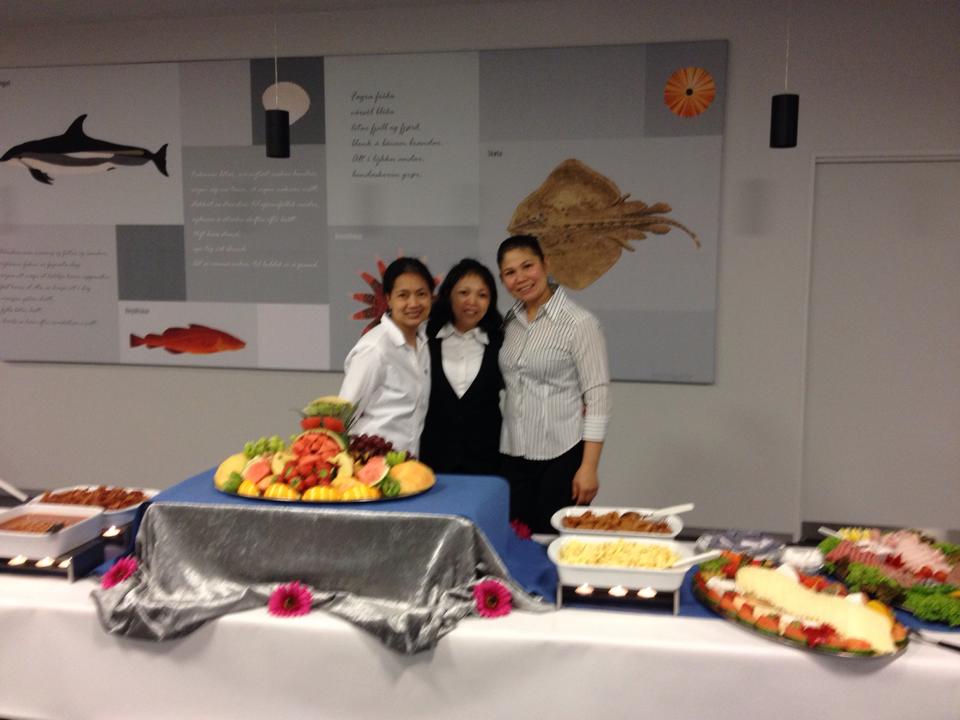
Nely also considers her internet-fostered marriage a success. "We accept each other, our past," she said of her husband, who is 27 years her senior. "We are like one person." She assured me, too, that he ate Filipino food without hesitation. One of his favorites? "Escabeche," she said — local cod battered and fried as crisp as at any Faroese fish-and-chips shop, draped in a sweet-and-sour sauce that betrays Chinese influence despite its Spanish name. Her escabeche recipe, like all her recipes, is her own invention. "I just follow my instinct and create it," she said. "All I've achieved, I create it my own way."
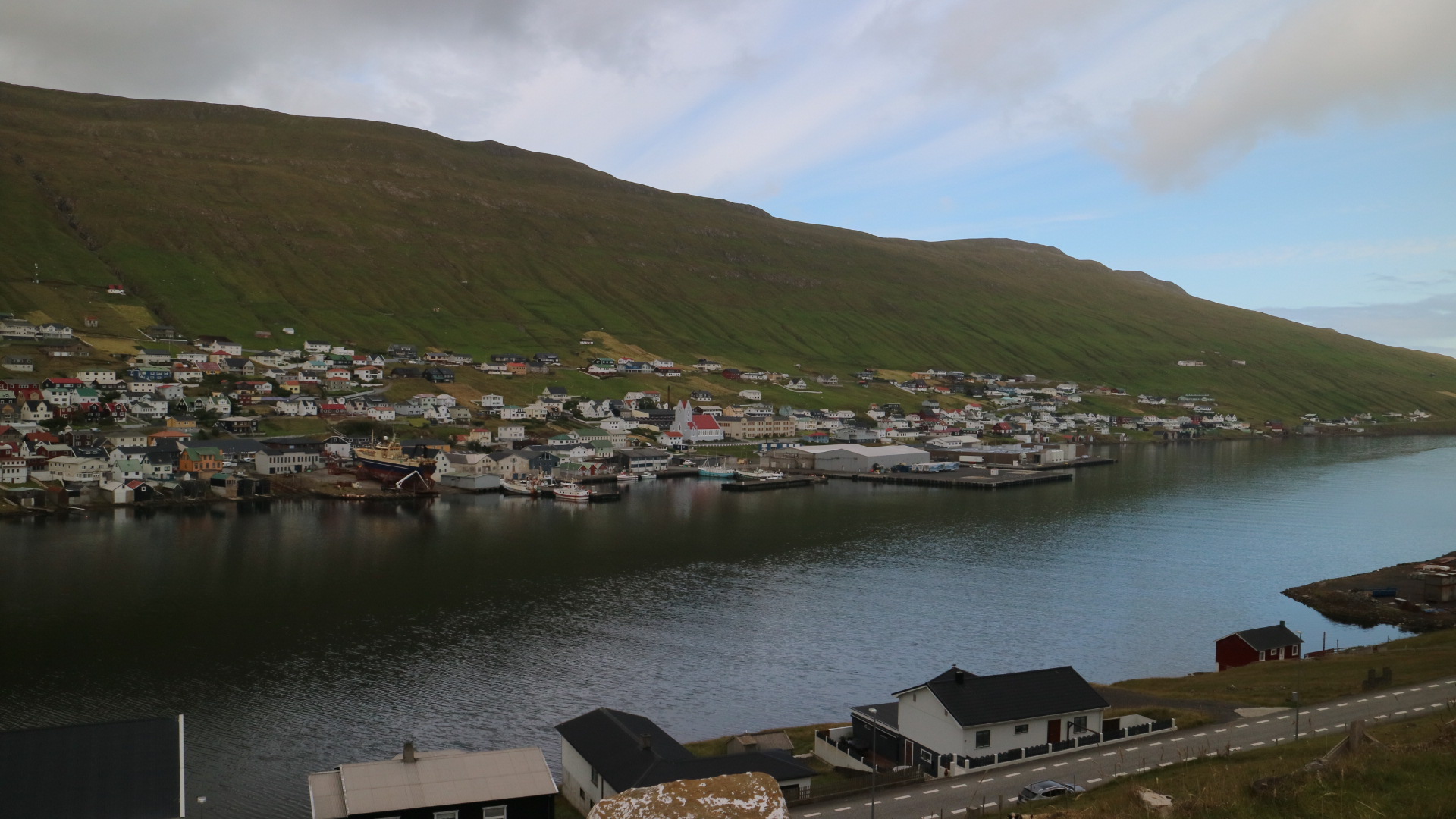
Bryggjan Filipino Buffet is located at Bryggjan 1, 900 Vágur, Faroe Islands.
+298 270519
Facebook
Pinoy Food Takeaway is located at Sporamørk 8, 520 Leirvík, Faroe Islands.
+298 522931
Facebook
Asian Shop FO and Asian Food Truck are located at Traðarvegur 5, 360 Sandavágur, Faroe Islands.
+298 592632
Asian Shop FO Facebook
Asian Food Truck Facebook
This article won first place in the 2020 edition of the Doreen Gamboa Fernandez Food Writing Award. It appears on the Doreen Gamboa Fernandez Food Writing Award website, in Roots & Wings Magazine, and on ANCX.ph, the online lifestyle magazine of ABS-CBN. It was also featured in VP.fo, the Faroese news site.
The Global Carinderia is an independently-funded project. If you value this platform, please consider donating at https://www.gofundme.com/f/global-carinderia.

0 Comments Add a Comment?